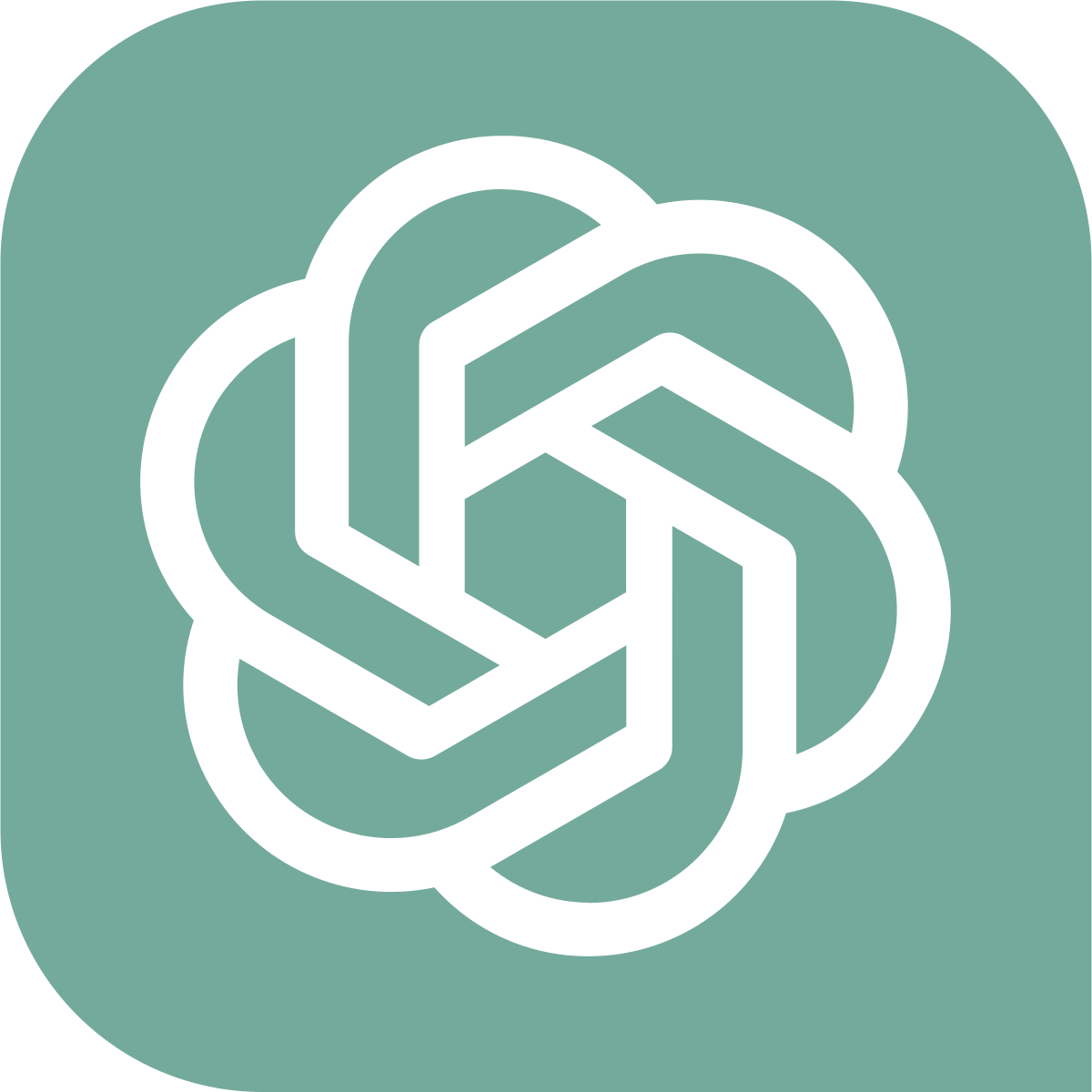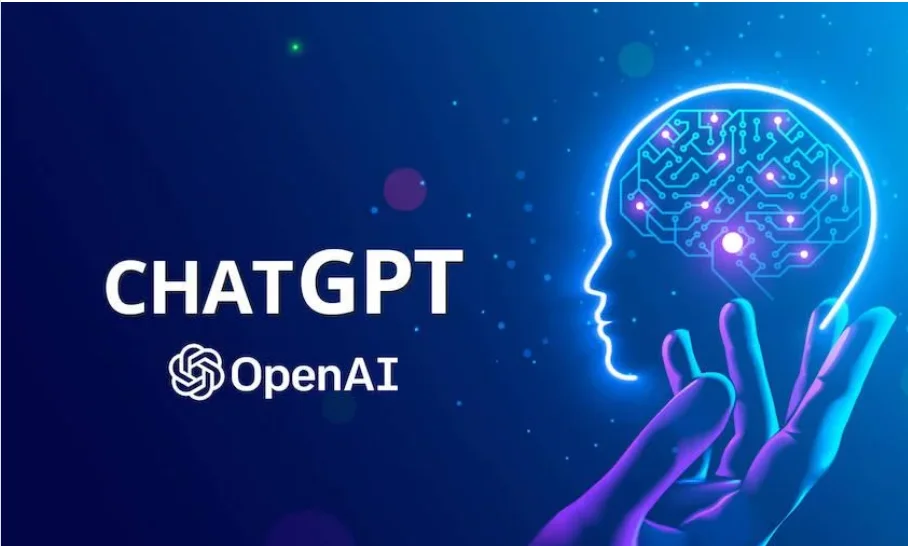In the ever-evolving landscape of technology, a new wave of innovation is transforming the way we interact. At the forefront of this change is ChatGPT, a powerful language model developed by OpenAI. Capable of generating remarkably human-like text, ChatGPT is revolutionizing communication, impacting everything from casual conversations to complex business interactions.
This article delves into the transformative potential of ChatGPT, exploring its capabilities and the diverse applications that are reshaping communication across various sectors. We’ll also examine the challenges and ethical considerations that arise with this powerful technology.
What is ChatGPT
ChatGPT belongs to a family of large language models (LLMs) known as Generative Pre-trained Transformers (GPT). These models are trained on massive datasets of text and code, enabling them to recognize patterns and relationships within language. This allows ChatGPT to perform a variety of tasks, including:
- Generating human-quality text: ChatGPT can create realistic and coherent text formats, from emails and letters to poems and scripts.
- Engaging in conversation: The ability to understand and respond to natural language prompts makes ChatGPT ideal for chatbots and virtual assistants, fostering more natural and engaging interactions.
- Translating languages: ChatGPT can bridge the language gap by translating text between different languages with impressive accuracy.
- Summarizing information: Sifting through vast amounts of data, ChatGPT can provide concise and informative summaries of complex topics.
- Writing different kinds of creative content: From crafting marketing copy to generating story ideas, ChatGPT’s versatility extends to creative writing as well.
Revolutionizing Communication Across Industries
The impact of ChatGPT is being felt across a wide range of industries, transforming how we communicate and interact. Here are some key areas experiencing significant change:
- Customer Service: Chatbots powered by ChatGPT can provide 24/7 customer support, offering immediate answers to frequently asked questions and resolving basic issues efficiently. This frees up human agents to handle more complex inquiries, enhancing the overall customer experience.
- Education: ChatGPT can personalize the learning experience by tailoring content and explanations to individual student needs. Imagine a virtual tutor that can answer questions in real-time, clarify concepts, and provide additional resources, all in a way that caters to a student’s learning style.
- Content Creation: ChatGPT can streamline content creation by generating drafts, outlines, and even entire articles based on specific keywords and topics. This allows content creators to focus on refining and adding their unique voice to the generated material.
- Marketing and Sales: ChatGPT can personalize marketing campaigns and craft targeted messaging that resonates with specific audience segments. Additionally, chatbots powered by ChatGPT can engage potential customers, answer product inquiries, and even schedule appointments, boosting sales and lead generation efforts.
- Accessibility: For people with disabilities, ChatGPT can act as a communication bridge. Text-to-speech conversion features can make information accessible to those with visual impairments, while speech-to-text functionality can empower those with speech limitations to communicate more effectively.
Check Also: How ChatGPT Can Help You Develop Public Policy Strategies
Challenges and Ethical Considerations
While the potential of ChatGPT is undeniable, it’s important to acknowledge the challenges and ethical considerations that accompany this powerful technology. Here are some key areas that require careful attention:
- Misinformation and Bias: Large language models like ChatGPT are trained on massive datasets of text and code, which can contain biases and inaccuracies. It’s crucial to implement safeguards to ensure the information generated by ChatGPT is factual and unbiased.
- Job displacement: As automation powered by ChatGPT advances, there’s a potential for job displacement in certain sectors. However, it’s more likely that ChatGPT will create new opportunities by automating repetitive tasks and allowing humans to focus on higher-level cognitive functions.
- The nature of human connection: Overreliance on AI-powered communication could lead to a decline in genuine human interaction. It’s important to strike a balance, leveraging ChatGPT’s capabilities to enhance communication without replacing the irreplaceable value of face-to-face interaction.
The Future of Communication with ChatGPT
The development of ChatGPT represents a significant leap forward in human-computer interaction. As the technology continues to evolve, we can expect even more transformative applications to emerge. Here are some exciting possibilities for the future:
- Real-time language translation: Imagine seamless communication across languages, removing language barriers entirely. This could foster greater global collaboration and understanding.
- Personalized learning experiences: Educational institutions could leverage ChatGPT to create truly individualized learning paths for each student, maximizing their potential.
- Enhanced creativity and innovation: ChatGPT can act as a collaborative partner, brainstorming ideas, generating creative text formats, and helping people overcome writer’s block.
How ChatGPT is Revolutionizing Communication: 5 Key Features
ChatGPT, the powerful language model from OpenAI, is rapidly transforming the way we communicate. Here are 5 key features that highlight its impact:
1. Natural Language Processing:
ChatGPT excels at understanding the nuances of human language. It can analyze context, identify sentiment, and generate responses that are natural, relevant, and engaging. This makes interactions with chatbots powered by ChatGPT feel more human-like and less robotic.
2. Conversational Fluency:
Gone are the days of stilted, pre-programmed chatbot responses. ChatGPT can hold flowing conversations, adapting its communication style to the user and the situation. Imagine having a virtual assistant that can answer your questions in a way that feels like talking to a friend.
3. Personalized Communication:
ChatGPT personalizes communication by tailoring responses to individual needs and preferences. This allows for more efficient customer service, targeted marketing campaigns, and even customized learning experiences.
4. Content Creation Powerhouse:
Struggling with writer’s block or needing a content jumpstart? ChatGPT can generate different creative text formats, from blog post outlines to marketing copy, freeing up human creativity for the finishing touches.
5. Accessibility Bridge:
ChatGPT can bridge communication gaps for people with disabilities. Text-to-speech conversion can make information accessible for those with visual impairments, while speech-to-text functionality empowers those with speech limitations to communicate more effectively.
Check Also: ChatGPT for Android: OpenAI Milestone in AI-powered Chatbots
FAQs
Check Also: How to Buy Chat GPT Stock? Can you invest in it?

